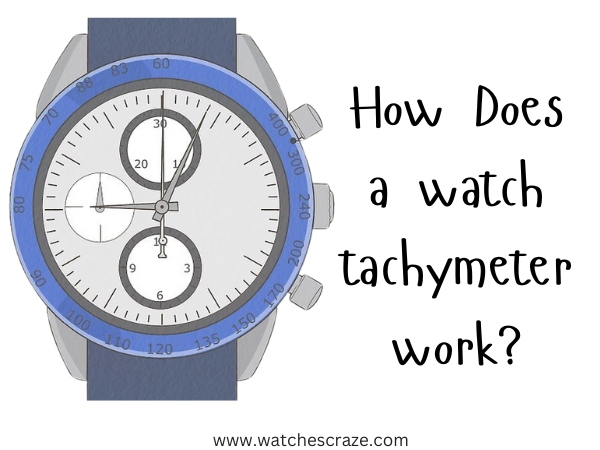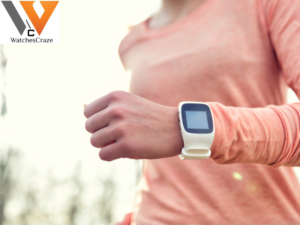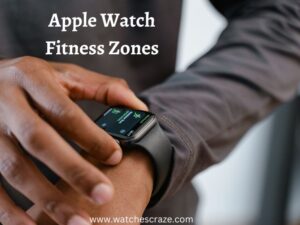sta
How Does a Watch Tachymeter Work?
A tachymeter is a useful function found on some watch dials, typically used for measuring speed or distance. It can come in handy for athletes, pilots, and racing enthusiasts alike. However, many people are not aware of how to use this feature accurately.
In this guide, we will discuss the step-by-step process of using a tachymeter on your watch. So whether you have just purchased a new watch with this function or want to learn how to make use of it on your existing timepiece,
So let’s understand how to use a tachymeter on a watch.
Understanding the Basics
Before we dive into how to use the tachymeter, let’s start by understanding what it is and how it works. Simply put, a tachymeter is a scale on the outer rim of the watch dial that allows you to measure speed or distance over a certain period.
The scale is usually marked in numbers from 60 to 400. The number 60 represents seconds, while the number 400 represents kilometers per hour (km/h). Some watches may also have an additional scale in miles per hour (mph).
Components of a Watch Tachymeter
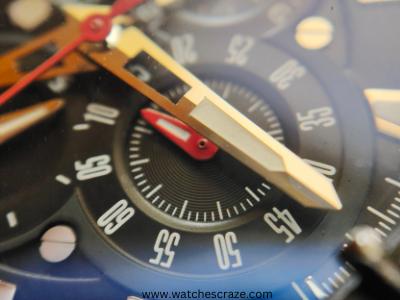
To efficiently use a tachymeter, you need to be familiar with its components. Here are the three main parts of a watch tachymeter:
- Tachymeter Scale: This is the outermost ring on the watch dial marked from 60 to 400.
- Chronograph hand: It is usually the central seconds hand that moves around the dial and measures time in seconds.
- Fixed marker or distance markings: These are typically indicated by small dashes or numbers along with the tachymeter scale.
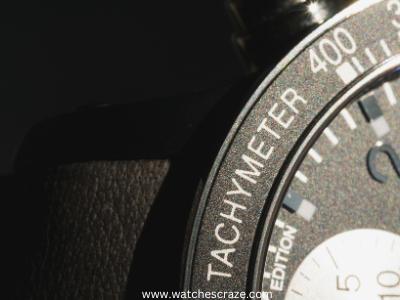
Steps to Measure the Speed
- How to activate the Chronograph: First, turn on the stopwatch function on your watch. This is usually done by pressing a specific button.
- How to start Timing: Begin the stopwatch as the object you want to measure starts moving. This could be a car, a runner, or anything else.
- How to stop Timing: Stop the stopwatch once the object has traveled a known distance.
-
How to read a Tachymeter: Look at the chronograph hand points on the scale. This number shows the speed of an object in units per hour (kilometers per hour or miles per hour).
-
How to calculate the speed: Using the tachymeter scale, figure out the speed of the object based on the time you recorded.
Limitations and Considerations:
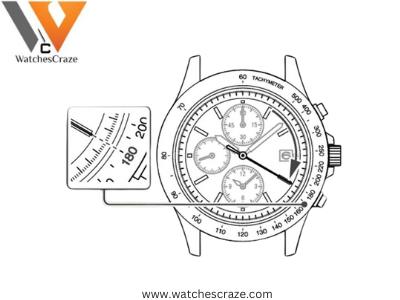
It’s important to note that tachymeter readings are not always 100% accurate and may vary depending on external factors such as terrain, wind resistance, and other environmental conditions. Therefore, they should be used as a rough estimation rather than for precise measurements.
Additionally, not all watches come with a tachymeter function, so it’s essential to check your watch features before attempting to use one. If you’re in the market for a new watch and want this feature, look for models specifically designed for sports or racing activities. Lastly, proper maintenance and regular servicing of your watch can ensure the accuracy of its functions, including the tachymeter.
Remember to have fun exploring the different functions of your watch and use the tachymeter responsibly. With practice, you can become a pro at using this feature and impress others with your timekeeping skills. So why not give it a try? Happy measuring!
Tips for Accurate Tachymeter Readings
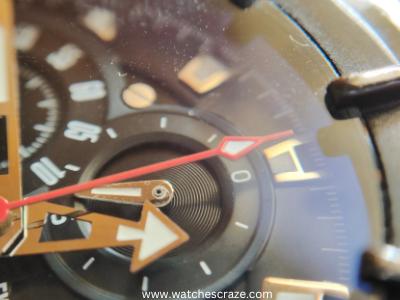
- For accurate readings, make sure you are using a known distance and that your watch has been recently serviced.
- Be mindful of the units used on the tachymeter scale. If it is in km/h, make sure you travel 1 kilometer, and if it is in mph, travel 1 mile.
- Practice makes perfect. Use your tachymeter regularly to get comfortable with its use and improve accuracy.
Now that you know how to use a tachymeter, you can make the most out of this feature on your watch. Remember to read the user manual for specific instructions related to your watch model and always double-check your readings for accuracy. Whether you’re tracking your speed during a race or calculating distance while traveling, the tachymeter is a handy tool that can enhance your overall experience with your timepiece.
Frequently Asked Questions
What is the purpose of a tachymeter on a watch?
A tachymeter on a watch is used to measure speed based on travel time or to measure distance based on speed.
How do you set up A Citizen Tachymeter watch?
To set up a Citizen Tachymeter watch, calibrate the chronograph hands to zero and then synchronize the tachymeter scale with a known speed or distance.
How to use a tachymeter on a watch bezel?
To use a tachymeter on a watch bezel, start the clock at a known starting point, stop it after traveling a known distance (usually one mile or one kilometer), and read the scale to determine the speed.

